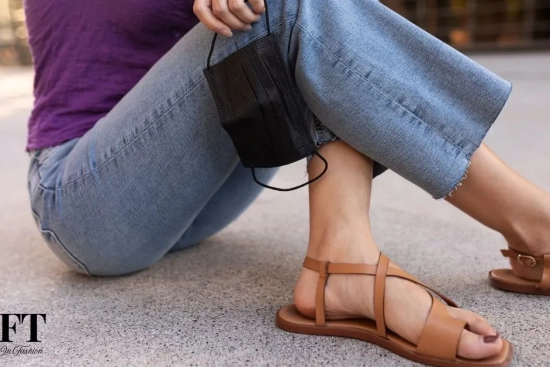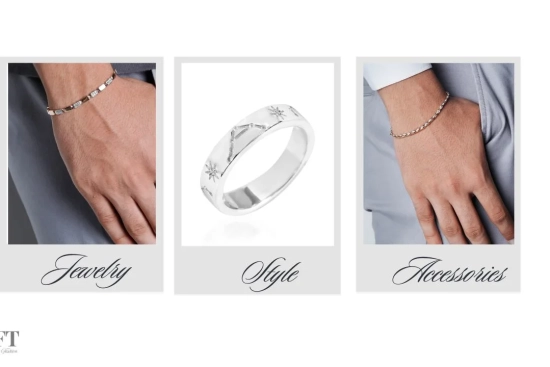
Fashion is more than just fabric; it’s a tapestry of history, culture, and identity woven through time. In every corner of the globe, traditional attire tells a unique story, reflecting the beauty and diversity of human civilization. This exploration into global fashion delves into the significance of traditional attire, celebrating the timeless elegance and contemporary adaptations of cultural garments. As we journey through this world of cloth style, we uncover the deep cultural roots and modern expressions of some of the most iconic traditional attires.
The Significance of Traditional Attire
Traditional attire stands as a potent emblem of cultural identity and heritage.. These garments are not merely clothes but are often imbued with historical significance, spiritual meaning, and artistic expression. They represent the values, beliefs, and aesthetic sensibilities of the communities that create and wear them. In the realm of global fashion, these traditional pieces, much like vintage fashion, stand out as timeless icons, bridging the gap between the past and the present, and influencing contemporary fashion in profound ways.
The Grace of the Kimono: Japan’s Timeless Elegance
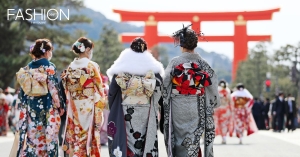
History and Evolution of the Kimono
The kimono, a symbol of Japanese culture, dates back to the Heian period (794-1185). Originally influenced by Chinese fashion, the kimono evolved into a uniquely Japanese garment, characterized by its straight seams, wide sleeves, and intricate patterns. Traditionally made from silk, kimonos are often adorned with motifs that represent nature, seasons, and auspicious symbols.
Modern Takes on a Traditional Masterpiece
Today, the kimono remains a symbol of elegance and refinement in Japanese culture. While traditional kimonos are reserved for special occasions, contemporary designers have reimagined the garment for modern wear, blending traditional craftsmanship with modern aesthetics. This fusion fashion has introduced kimono-inspired elements into everyday wear, making it a staple in the global fashion scene.
The Splendor of the Sari: India’s Draped Heritage

Regional Variations: From Banarasi to Kanjeevaram
The sari, an emblem of Indian fashion, is a versatile garment that has been worn for thousands of years. Its beauty lies in its simplicity—a single piece of fabric, draped in various styles, often reflecting regional variations. From the opulent Banarasi saris of North India, woven with gold and silver threads, to the vibrant Kanjeevaram silks of South India, each style tells a story of its own.
Sari in Contemporary Fashion: Bridging the Old and New
In contemporary fashion, the sari continues to evolve. Designers are experimenting with fabrics, draping styles, and accessories, blending traditional elements with modern trends. The sari’s adaptability and elegance make it a favorite in both traditional and modern wardrobes, celebrated in beauty magazines and lifestyle magazines alike.
The Vibrancy of the Dashiki: Africa’s Symbol of Unity

The Cultural Roots of the Dashiki
The dashiki, originating from West Africa, is a colorful garment that symbolizes African pride and unity. Its roots trace back to the Yoruba people of Nigeria, where it was traditionally worn for special occasions. The dashiki’s bold patterns and vibrant colors represent the rich cultural heritage of the African continent.
Dashiki’s Influence on Global Fashion
In recent years, the dashiki has transcended its cultural origins, influencing global fashion. Its distinct style has been embraced by designers worldwide, appearing in fashion shows, music videos, and streetwear. This global fashion trend highlights the dashiki’s versatility and enduring appeal.
The Charm of the Hanbok: Korea’s Symbol of Purity
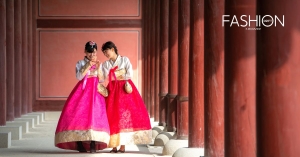
Hanbok Through the Ages: From Royal Courts to Modern Day
The hanbok, a traditional Korean dress, is known for its graceful lines and vibrant colors. Historically worn by both men and women, the hanbok was designed for comfort and mobility, with its voluminous skirts and wide sleeves. Over the centuries, it has evolved from royal court attire to a garment worn during festivals and celebrations.
How Hanbok is Celebrated in Today’s Fashion World
Today, the hanbok is celebrated for its beauty and cultural significance. Modern interpretations of the hanbok blend traditional elements with contemporary design, making it popular in fashion shows and lifestyle magazines. These adaptations have made the hanbok a beloved symbol of Korean culture and a timeless piece in the world of fashion, highlighting its unique cloth style.
The Elegance of the Cheongsam: China’s Silken Tradition
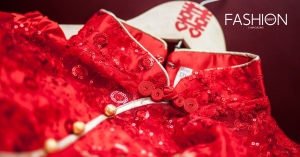
The Story Behind the Cheongsam
The cheongsam, or qipao, emerged in the early 20th century in Shanghai, blending Manchu and Western styles. Characterized by its form-fitting silhouette and high collar, the cheongsam became a symbol of modern Chinese femininity. Traditionally made from silk and adorned with intricate embroidery, the cheongsam reflects China’s rich cultural heritage.
Cheongsam in the Modern Era: A Blend of East and West
In contemporary fashion, the cheongsam has seen a resurgence, with designers incorporating modern fabrics and cuts. This blend of East and West has made the cheongsam a versatile garment, appearing in both traditional ceremonies and high-fashion runways. Its elegance and adaptability continue to captivate fashion enthusiasts around the world.
The Majesty of the Kaftan: Middle Eastern Opulence
Kaftan’s Journey Across Cultures
The kaftan, a long, flowing garment, has a rich history that spans several cultures, from the Middle East to North Africa and beyond. Originally worn by Ottoman sultans, the kaftan is known for its luxurious fabrics and intricate patterns. Over the centuries, it has been adopted by various cultures, each adding their unique touch.
Modern Adaptations of the Classic Kaftan
Today, the kaftan is celebrated for its opulence and comfort. Modern adaptations have seen the kaftan transition from traditional wear to high fashion, with designers experimenting with cuts, fabrics, and embellishments. This timeless garment continues to inspire beauty magazines and global fashion trends.
The Vibrance of the Huipil: Mexico’s Woven Beauty
The Huipil and its Indigenous Significance
The huipil, a traditional garment worn by indigenous women in Mexico and Central America, is known for its vibrant colors and intricate embroidery. Each huipil is unique, often reflecting the wearer’s community, social status, and personal identity. The garment’s significance goes beyond fashion, serving as a symbol of cultural heritage and artistic expression.
Contemporary Uses of Traditional Huipil Designs
In contemporary fashion, the huipil’s distinctive designs have inspired a range of clothing and accessories. Designers incorporate huipil patterns into modern silhouettes, creating pieces that celebrate traditional craftsmanship while appealing to contemporary tastes. This fusion of old and new highlights the huipil’s enduring beauty and cultural significance.
The Versatility of the Kilt: Scotland’s Iconic Garment
The Historical Roots of the Kilt
The kilt, a symbol of Scottish heritage, dates back to the 16th century. Originally worn by Highland clansmen, the kilt is made from tartan fabric, with each pattern representing a specific clan. The garment’s design—pleated and wrapped around the waist—offers both functionality and a sense of identity.
Kilt in Modern Fashion: A Timeless Statement
In modern fashion, the kilt has transcended its traditional roots, becoming a versatile garment embraced by designers worldwide. Modern kilts are available in a variety of fabrics and styles, combining traditional features with contemporary fashion trends. This timeless garment continues to make a statement in global fashion, celebrated for its unique blend of history and style.
Fusion Fashion: When Traditional Meets Modern
The Rise of Cultural Hybridity in Fashion
The fusion of traditional and modern elements has given rise to a new wave of cultural hybridity in fashion. Designers draw inspiration from traditional attire, blending it with contemporary aesthetics to create unique and innovative pieces. This trend celebrates the diversity of global fashion, showcasing the beauty of cultural exchange.
Iconic Designers Blending Tradition and Innovation
Many iconic designers have embraced this fusion fashion, creating collections that honor traditional craftsmanship while pushing the boundaries of modern design. By blending tradition and innovation, these designers celebrate the rich tapestry of global fashion, highlighting the timeless appeal of cultural couture.
Traditional attire is more than just clothing; it is a celebration of cultural identity and heritage. From the sophisticated kimono of Japan to the colorful dashiki of Africa, these garments weave tales of history, artistry, and tradition. As we continue to explore and appreciate the beauty of global fashion, we honor the timeless elegance and contemporary relevance of traditional attire. Whether in Indian fashion magazine, lifestyle magazines, or on the runways of global fashion, these cultural masterpieces continue to inspire and captivate, reminding us of the rich and diverse tapestry of human civilization.
